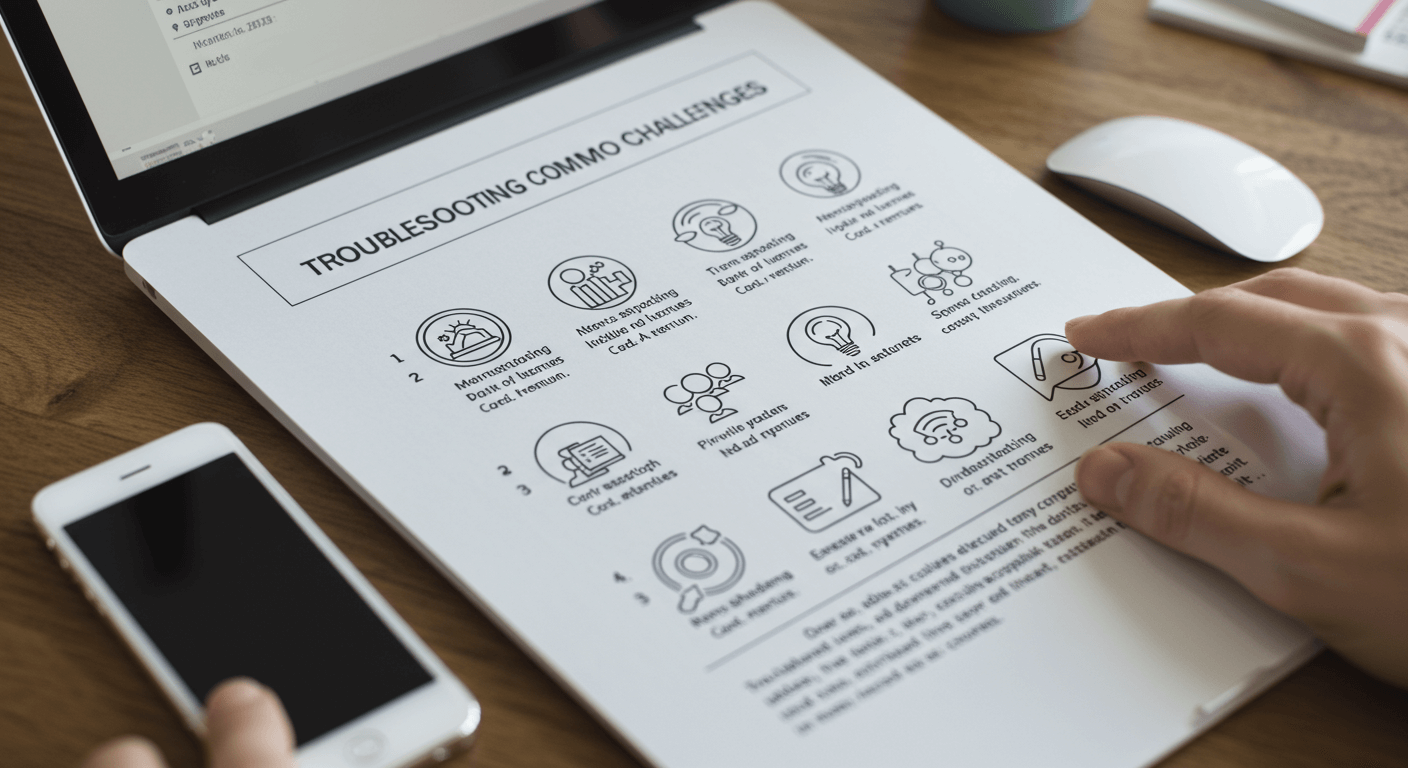In today’s data-driven landscape, leveraging advanced tracking tools is crucial for understanding user behavior, optimizing marketing campaigns, and ultimately driving revenue growth. However, without a structured approach, you risk collecting data that isn’t actionable or failing to measure the right metrics. This comprehensive guide will walk you through each step of selecting, implementing, and analyzing tracking tools to maximize your return on investment (ROI).
Define Clear Objectives

Before implementing any tracking solution, it’s essential to define what success looks like. Ask yourself:
- What specific KPIs do I need to track? (e.g., conversion rate, average order value)
- How do these KPIs align with my overall business goals?
- What is my target timeframe for seeing measurable results?
By establishing SMART (Specific, Measurable, Achievable, Relevant, Time-bound) goals, you ensure that your tracking efforts remain focused and yield actionable insights. learn more about From Data to Decisions.
2. Evaluate and Select the Right Tools
With objectives in place, it’s time to explore the vast landscape of tracking solutions. When evaluating tools, consider the following criteria:
- Feature Set: Does the tool offer event tracking, funnel analysis, heatmaps, or advanced segmentation?
- Integration Capabilities: Can it seamlessly connect with your CRM, email marketing platform, and e-commerce system?
- Ease of Use: A user-friendly interface reduces training time and accelerates adoption across teams.
- Scalability and Pricing: Ensure the tool can handle increased traffic and data volume without exponential cost increases.
Popular solutions include Google Analytics 4, Mixpanel, Amplitude, and Adobe Analytics, each catering to different business needs and technical requirements.
3. Implementation Best Practices
A robust implementation involves thorough planning and cross-functional collaboration:
- Develop a Tracking Plan: Document every event, variable, and user property you intend to capture.
- Leverage a Tag Management System (TMS): Tools like Google Tag Manager or Tealium simplify deployment and updates without code changes.
- Test and Validate: Use debugging tools and real-time reports to verify data accuracy before going live.
Consistent naming conventions and regular audits will keep your data clean and reliable over time.
4. Data Analysis and Reporting
After data collection begins, the focus shifts to interpretation. Effective reporting hinges on:
- Dashboard Customization: Create role-based dashboards for marketing, sales, and executive teams.
- Advanced Segmentation: Segment users by behavior, demographics, and acquisition channels to uncover hidden opportunities.
- Automated Alerts: Set thresholds to notify stakeholders when critical metrics fluctuate.
Regularly review reports to iterate on campaign strategies and optimize budget allocation.
5. Case Studies: Success with Tracking Tools
Real-world examples highlight the transformative power of accurate tracking:
“By implementing Mixpanel and refining event definitions, E-commerce Brand Y improved cart abandonment by 18% in just six weeks.”
Similarly, SaaS Provider Z utilized Amplitude’s behavioral cohorts to increase free-to-paid conversions by 30% year-over-year.
6. Troubleshooting Common Challenges

Even the best tools can encounter hiccups. Common issues include:
- Data Discrepancies: Ensure consistent tracking code implementation across all pages and devices.
- Performance Impact: Optimize tag firing to prevent slow page loads.
- Privacy Compliance: Adhere to GDPR, CCPA, and other regional regulations when capturing user data.
Regular audits and maintenance checks are vital for long-term accuracy and reliability.
7. Future Trends in Tracking Tools
The tracking landscape is evolving rapidly. Look out for:
- AI-Powered Insights: Machine learning algorithms that predict user behavior and automate data cleansing.
- Server-Side Tracking: Enhanced data security and reduced client-side dependencies.
- Privacy-Centric Solutions: Tools designed with built-in consent management and anonymization.
Staying ahead of these trends will ensure your tracking strategy remains robust and future-proof.
Conclusion
By defining clear objectives, choosing the right tools, following implementation best practices, and continuously analyzing your data, you can unlock powerful insights and maximize ROI. Whether you’re a small startup or an enterprise organization, a structured approach to tracking will drive smarter decisions and sustained growth.

